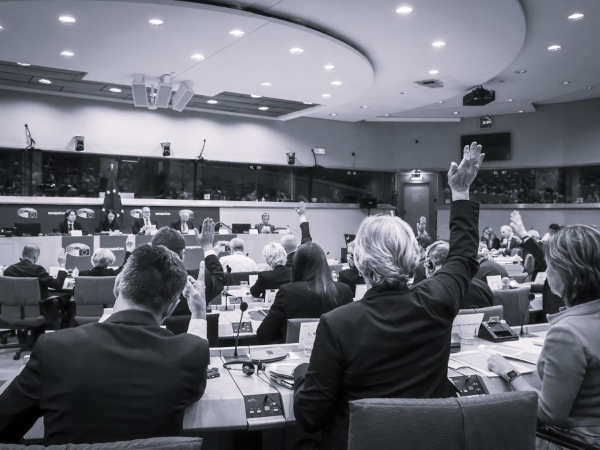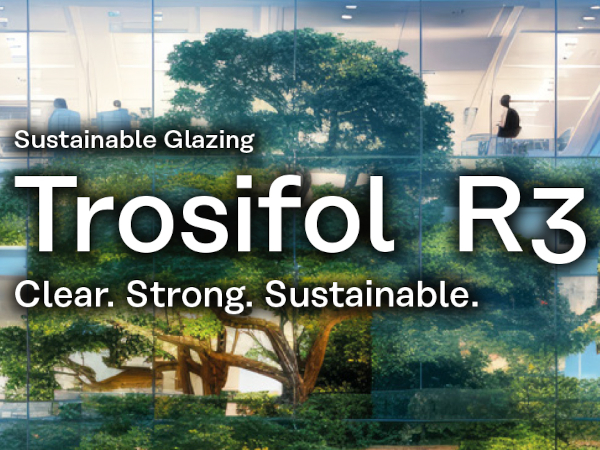Date: 9 February 2010
KEG has finished trial operation, and just started commercial production. The total annual capacity of PVB resin at KEG has been increased by this latest expansion to 39,000 tons.
PVB resin is made from PVA (polyvinyl alcohol) resin which was industrialized for the first time in the world in 1950. PVB resin is a raw material for the production of "PVB Film (Brand Name; TROSIFOL)" which is used as interlayer for architectural glazing and laminated safety glass for automotive, respectively. Furthermore, the demand of TROSIFOL as encapsulant of solar cell modules is increasing. Among other applications PVB resin is used as a binder in paint, printing ink, and ceramics.
The Kuraray Group will further enhance its vinyl acetate and Poval-related businesses on a global basis, while reinforcing the consistent production flow from PVA resin to PVB resin and film.

PVB resins new production line
The profile of the PVB resin new production line
Annual Capacity: Existing Capacity 29,000 tons (Investment amount :26 Million Euro)
New Capacity 10,000 tons
Total Capacity 39,000tons
Location: Frankfurt am Main, Germany The overview of KEG
The overview of KEG
Name: Kuraray Europe GmbH
Capital: 31Million Euro (100% invested by Kuraray)
Geschaeftsfuehrer (President): Dr. Matthias Gutweiler
Headquarter : Frankfurt am Main, Germany
Activities: Importing and sales of Kuraray products in Europe, Manufacture and sales of PVA resin (MOWIOL), Butyral resins (MOWITAL) and PVB film (TROSIFOL)
Number of employees: Approx. 500








Add new comment